Hydro Rocket By I-KIT LAB
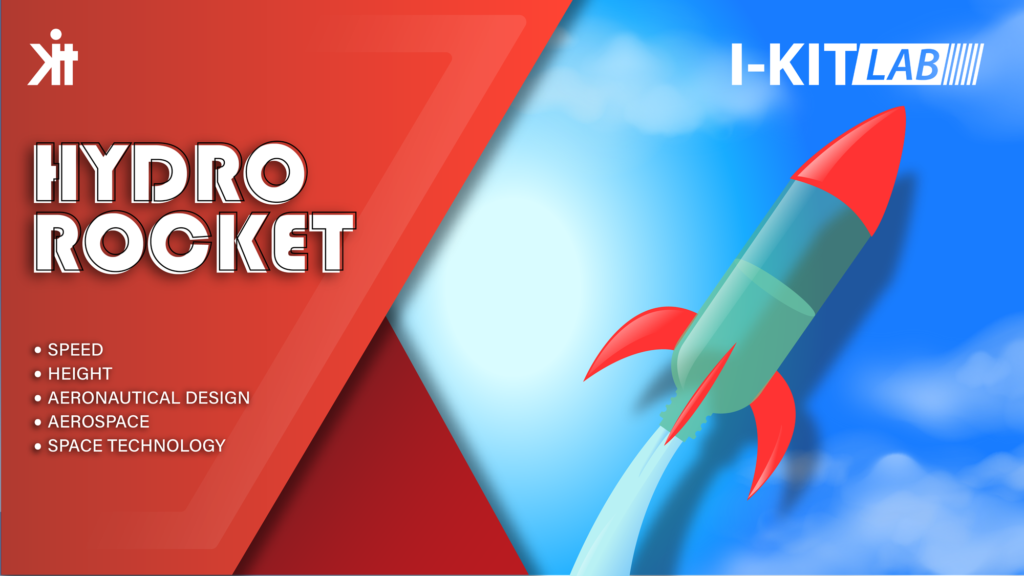
What is a water rocket?
At its simplest, a water rocket is basically an upside-down fizzy drinks bottle, which has had a ‘nose’ cone and some fins added.
Why do we need hydro rockets?
Water rockets have been a source of entertainment and education for many years. They are usually made with an empty two-liter plastic soda bottle by adding water and pressurizing it with air for launching.
Water rockets are used in schools to help students understand the principles of aeronautics. The Science Olympiads provide challenges of bottle rocket design and flight, including altitudes and distances reached. Many interesting designs and additional information on bottle rockets can be found with a simple web search.
What are the different parameters we are going to study through hydro rocket?
- Speed
- Uses
- Altitude
- Aeronautical design
- Aerospace
- Space technology
How Hydro Rockets are different from other fuel engine rockets?
| Hydro Rocket | Other Fuel Rockets |
|---|---|
| Water rocket uses water pressure to create thrust. | A rocket engine uses pressure from combustion to create thrust. |
Understanding the Geometry of Hydro Rocket
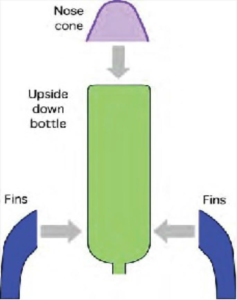
The Nose Cone
The job of the nose cone is to make the rather snub-nosed end of the fizzy drinks bottle more aerodynamic. Also, if you have a ‘payload’ on your rocket, or a parachute mechanism, this is probably where it will be placed.
The Fins
The fins are important for ensuring that the rocket flies smoothly. They are the parts that give a rocket its character.
Bottle
First, we need to add some water and some kind of release mechanism that will keep the water in the bottle until we choose to release it. The water will then leave the bottle through its nozzle. Typically, the bottle will be filled with water between one-quarter and one-third.

Launch
To launch the water rocket, we need to pump air into the rocket, which provides the energy for the launch. As the air enters, it bubbles up through the water and pressurizes the ‘empty’ space above the water. The release mechanism must be clever, allowing air into the rocket while not allowing the water to escape until we activate a trigger. When the trigger activates the release mechanism, the pressurized air within the rocket pushes the water rapidly out through the nozzle, sending the rocket rapidly into the air.
Use of Animation for Understanding the Launch

Science in Hydro Rocket
Topics covered
- Motion and Time
- Speed
- Measurement of time
- Laws of Motion (used in hydro rocket)
- 1st law of motion
- 2nd law of motion
- 3rd law of motion
- Force and Pressure
- Types of forces applied on the hydro rocket
- Pressure exerted by liquids and gases
- Atmospheric pressure
- Friction
- Gravitation
- Mass and Weight
- Motion
- Non-uniform linear motion (if the speed of an object moving along a straight line keeps changing).
Laws of Motion used in Hydro Rocket
1st Law – A rocket will remain on the launch pad until an unbalanced force is exerted, propelling the rocket upward.
2nd Law – The amount of force depends upon how much air is pumped inside the rocket. You can increase the force further by adding a small amount of water, which increases the mass expelled by the air pressure in the rocket.
3rd Law – Finally, the action force of the air (and water) as it rushes out of the nozzle creates an equal and opposite reaction force propelling the rocket upward.
Speed
Just after launch, a water rocket might reach a maximum speed of 20 meters per second, and a high-pressure rocket might reach 40 meters per second.
Relation between Speed and Acceleration in Hydro Rockets
Acceleration is a measure of how much the speed increases each second. It can be calculated using the equation:Acceleration = Resultant force (Newtons, N) / Mass (kilograms, kg)
Measurement of Time
Time can be calculated by using a stopwatch and a video recorder.
Force
What is Force?
Force is the push and pull on an object with mass that causes it to change velocity (acceleration).F = ma
The SI unit of force is Newton (N).
Where is Force applied on Hydro Rocket?
There are 3 forces acting on the bottle rocket:
- Thrust is the force from the air being released and pushing the rocket upwards.
- Air Resistance is the force from the air outside pushing against the direction of the rocket.
- Gravity is the force that makes objects fall. It is always pointed toward the Earth’s center. Gravity opposes a rocket’s flight since it is in the opposite direction.
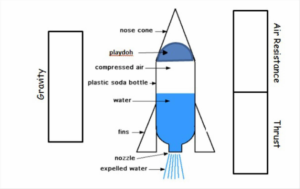
Pressure Exerted by Liquid
Fluid pressure can be caused by gravity, acceleration, or forces when in a closed container. Since a fluid has no fixed shape, it acts equally in all directions.
Pressure Exerted by Air
A water rocket uses air pressure combined with water to launch high into the air. The rocket is partially filled with water and then pressurized with air.
Where is Friction Used in Hydro Rocket?
- Static Friction: The launcher that holds the bottle in place while the rocket is being pressurized causes static friction.
- Sliding Friction: When the bottle is leaving the launcher, there is a very small amount of sliding friction.
- Fluid Friction: The water can get the fins wet, weighing the rocket down.
Mass and Weight
Mass
The mass of a rocket is important because an object with less mass accelerates more quickly, and an object with more mass has more gravitational force acting on it.
Weight
A rocket launches when the force of thrust pushing it upwards is greater than the weight force due to gravity downwards.
Energy Transformation of a Water Rocket
When the bottle is filled to its maximum capacity, the elastic potential energy stored in the bottle is released, generating kinetic energy, shooting the rocket into the sky.
Mathematics Of Hydro Rocket
Topics Covered
- Solid Shapes
- Triangles
- Trigonometry
- Understanding Graphs
Solid Shapes
- Nose Cone should be in a conical shape as it is the uppermost part of the hydro rocket.
- Body of Hydro Rocket mostly made of fizzy bottles, which are cylindrical.
Measuring Altitude
- Inclinometer
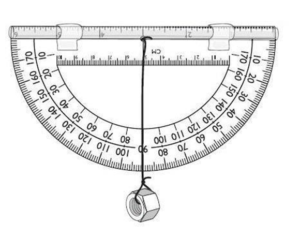
An inclinometer (or clinometer), is an instrument used for measuring the angles of slope/tilt and elevation/depression of an object with respect to gravity.
- Materials Needed:
- Clinometer
- Tape Measure
- Pencil and Paper
- Procedure:
- Setup: Position yourself a known distance away from the hydro rocket launch site.
- Take Angle Measurements: Aim the clinometer at the top of the hydro rocket.
- Calculate Height:
Dealing with Right-Angled Triangles
A right-angled triangle has one of its angles equal to 90 degrees. The sides that include the right angle are perpendicular and the base of the triangle.
Trigonometry Used to Calculate Altitude (How High)
Using trigonometric ratios and angles, we can find altitude.
Measuring Speed (How Fast)
Speed = Distance / Time
Understanding the Graphs
A bar graph can be made of the activity performed by the group of students, their distance, and time.
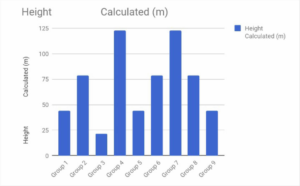
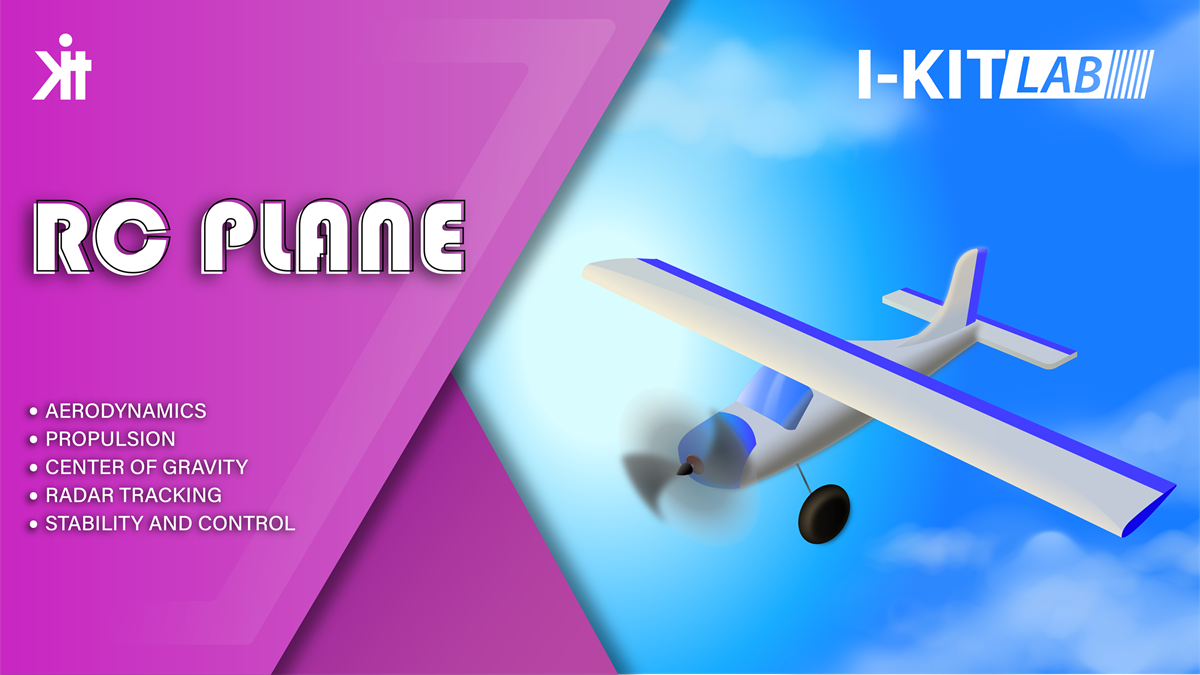



Responses